Piloting a drone for the first time is exciting, confusing, and stressful. Like any new vehicle, it takes some time before you learn how to maneuver it smoothly and intuitively. And, of course, there’s the looming fear that you’ll destroy the expensive new gadget.
Those apprehensions took a back seat as I fired up DJI’s Phantom 4. The Chinese firm bills its latest gadget as the first consumer drone that can see and avoid obstacles, thanks to sensors and advanced computer software. The $1,399 Phantom 4 has been available for preorder since the beginning of March; those who ordered early should begin receiving their new toy on March 15.
The Phantom 4’s obstacle avoidance feature makes it nearly crash-proof — but not entirely. The gadget detects drone-killing objects like trees and walls using two front-facing sensors, meaning it can only sense obstructions ahead of it. Pilots must remain alert for any obstructions behind or alongside the aircraft, which I quickly learned.
As a first time drone flyer, I was eager to test whether or not I could weave around concrete posts without suffering a collision. I missed my mark, and the Phantom 4 zipped towards the right, careening directly into one of the columns lining the large indoor space we were using as a test site. My ego was bruised, but the Phantom 4, to its credit, suffered only minor damage.
That incident resulted in the only damage the Phantom 4 endured during my experience flying it. When I tried to zoom straight ahead into a wall, the drone froze until I navigated it away from the obstruction. This obstacle avoidance also worked with a feature called TapFly, which allows Phantom 4 owners to steer their drone by simply tapping a direction on DJI’s smartphone app. I tried to use TapFly to get the drone to fly towards me, but it halted and hovered when it realized I was standing in its way. (Don’t try this at home.)
The Phantom 4’s sensors also let it lock onto a target, following it as it moves. That’s potentially handy for people like snowboarders or kayakers, who could use the feature to capture video of their runs. Because I was using the Phantom 4 indoors, I couldn’t get an accurate feel for how well this feature really works. DJI says the drone is intended for use outdoors, where the tracking features typically don’t have to worry about shadows and poor lightning. Still, even indoors, the Phantom 4 was able to lock on to a target and follow it briefly.
Even for a first timer like myself, piloting the Phantom 4 felt fluid and stable. The drone itself is dead simple to operate once you become familiar with its controls. Using the Phantom 4’s manual controls, I was able to gently lift the drone off the ground using the left stick and glide it toward the back of the warehouse-like space in which we tested it with the right. Both sticks have a textured grip that prevents the pilot’s thumbs from slipping, making it easier to execute more precise maneuvers. Footage recorded with the Phantom 4’s camera also looked crisp and steady.
Discover How Drones Are Made in Israel
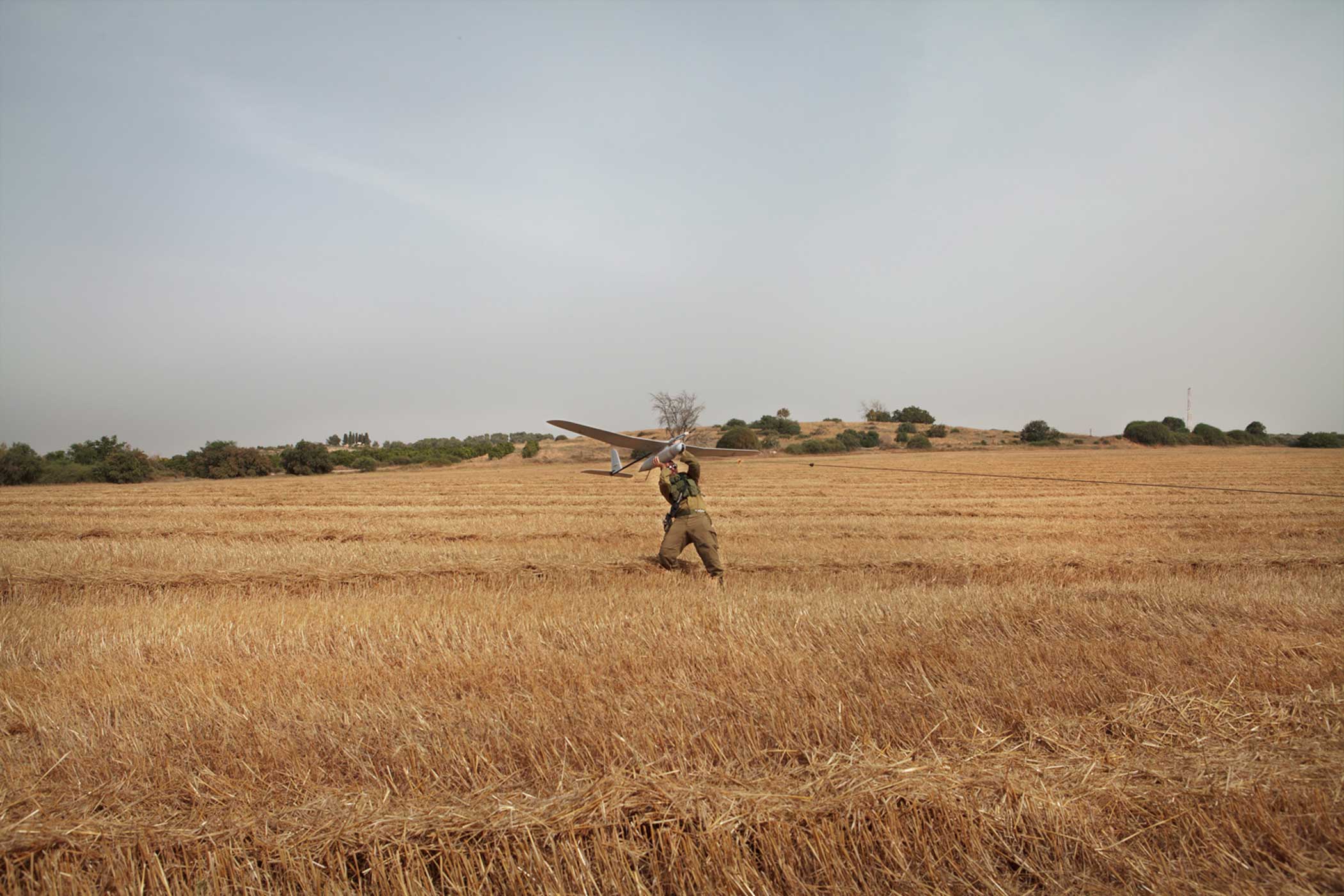

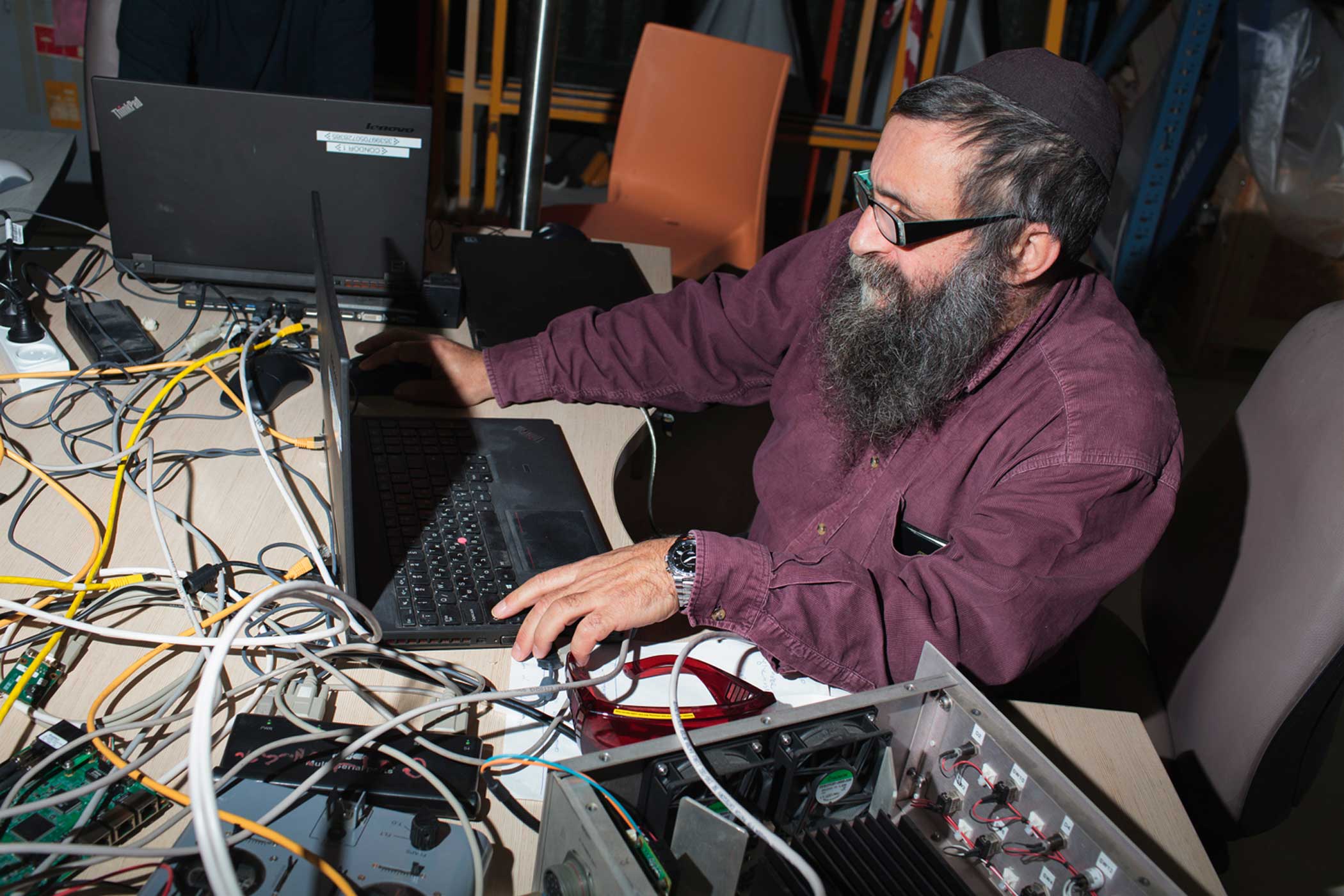
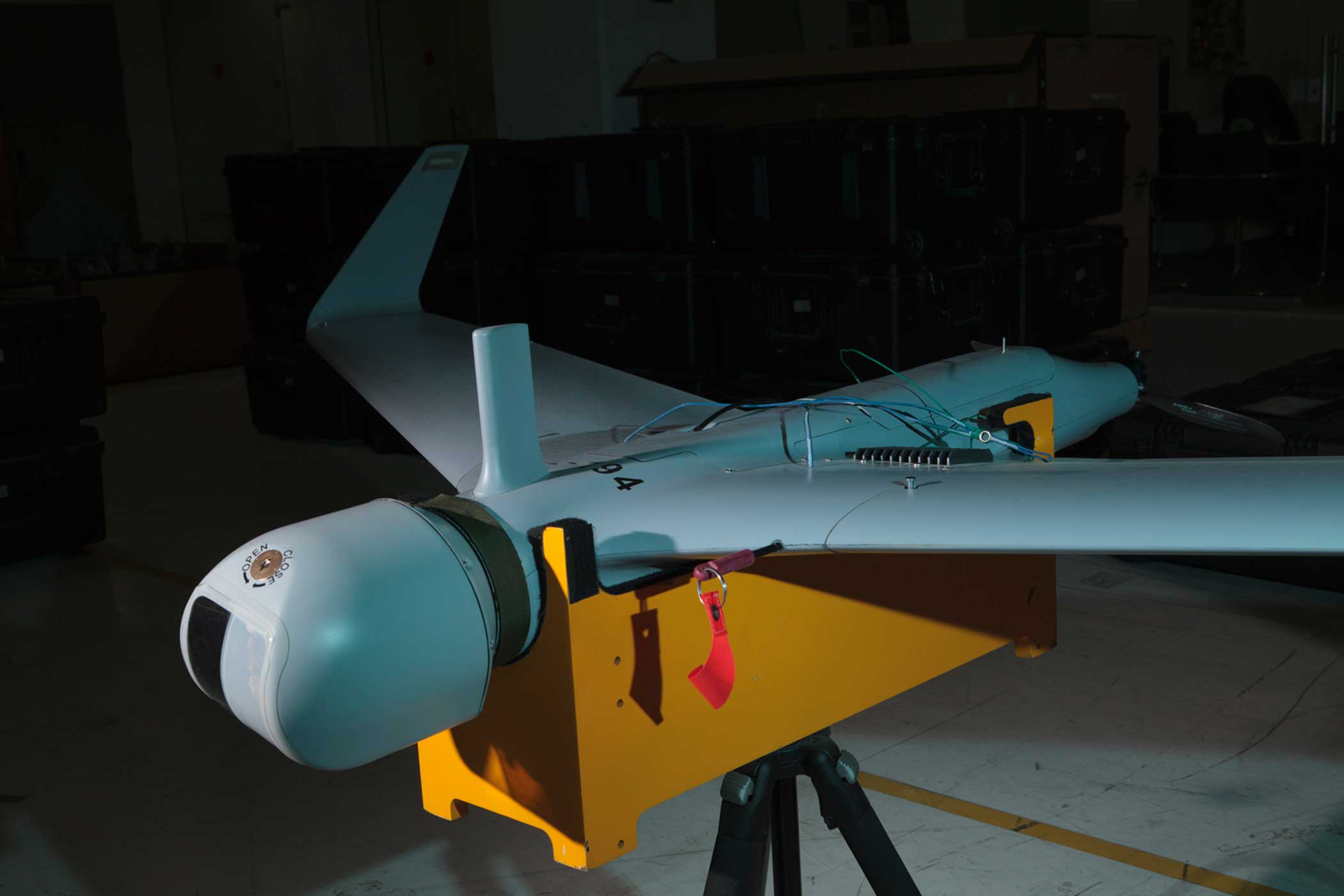
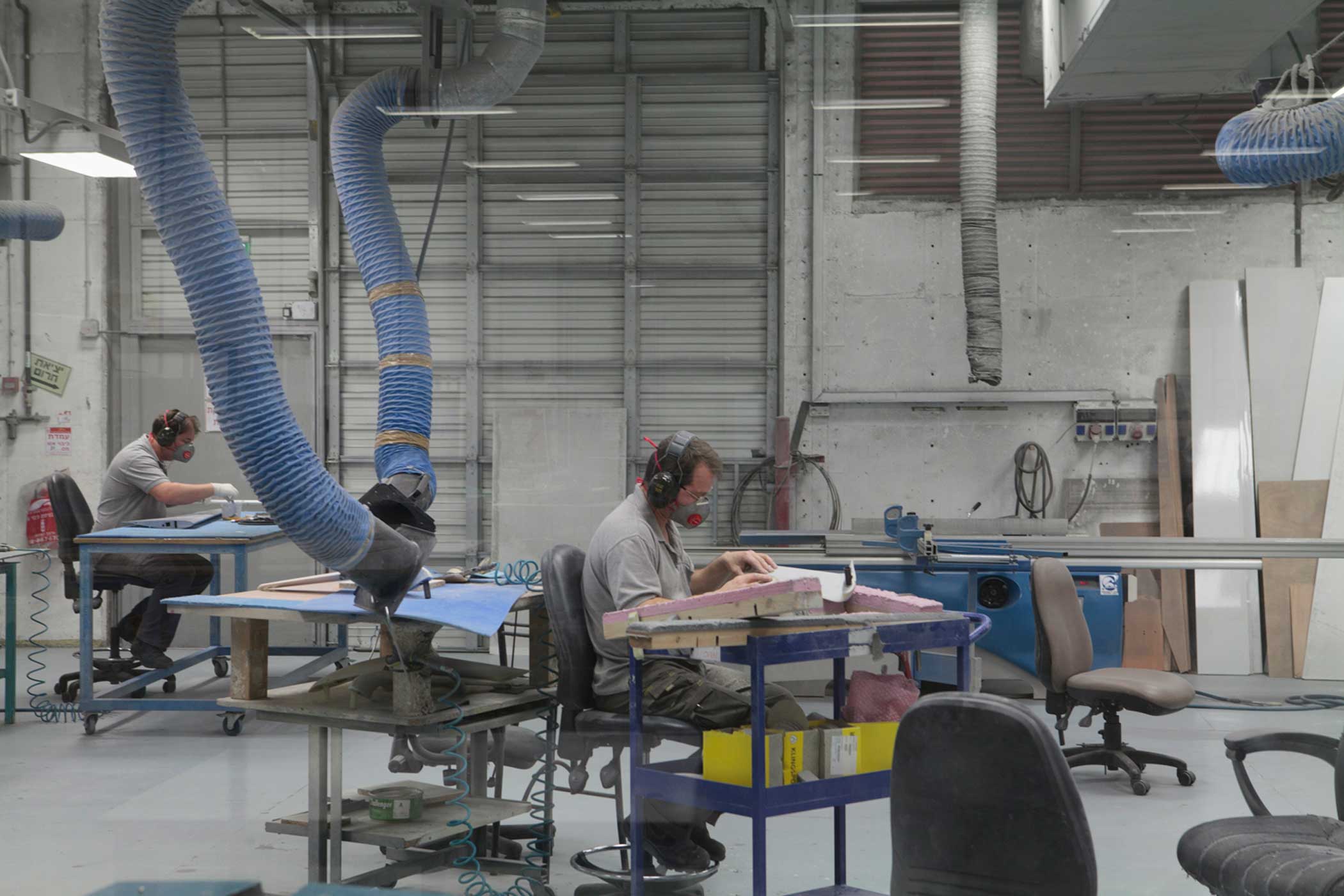
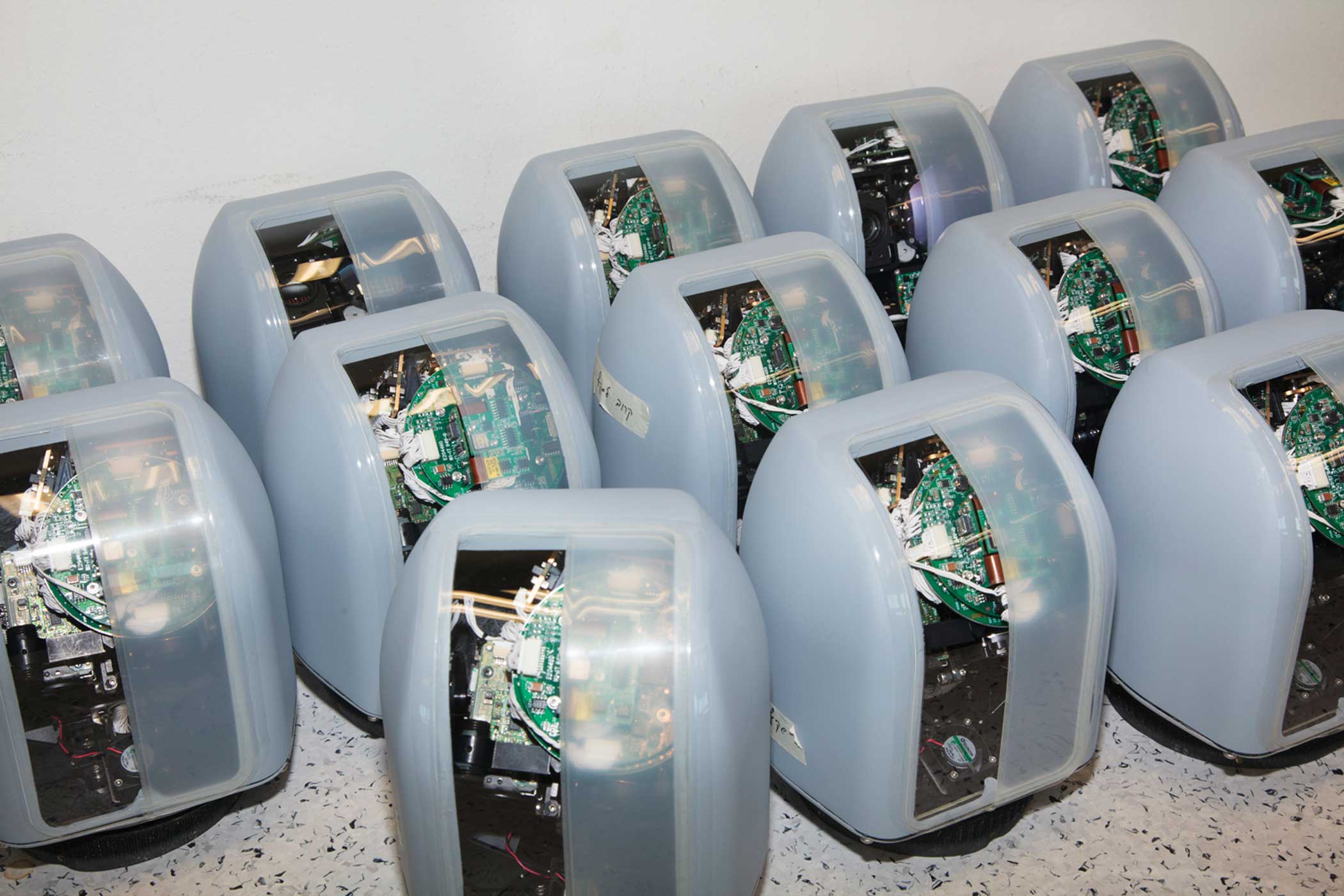
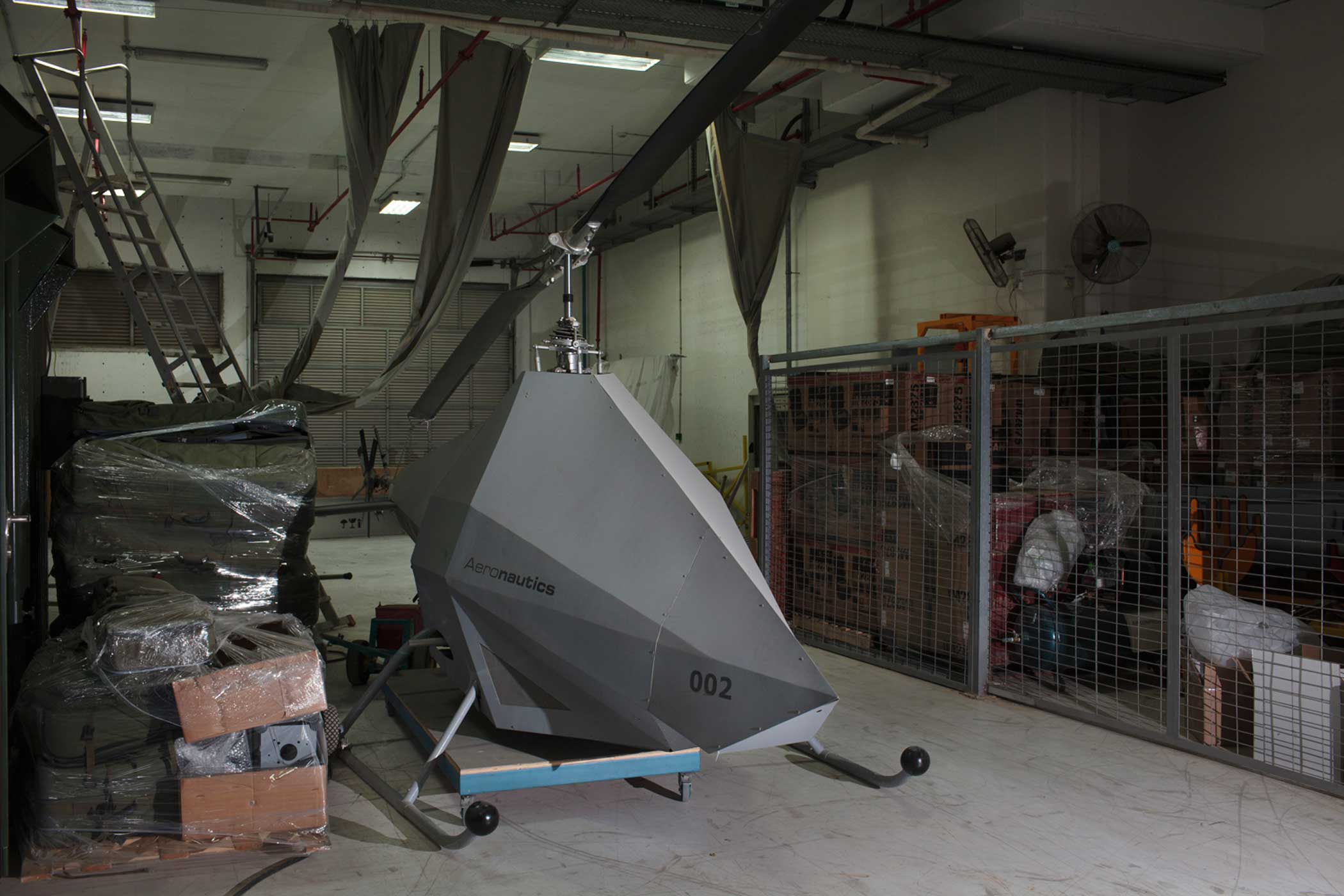

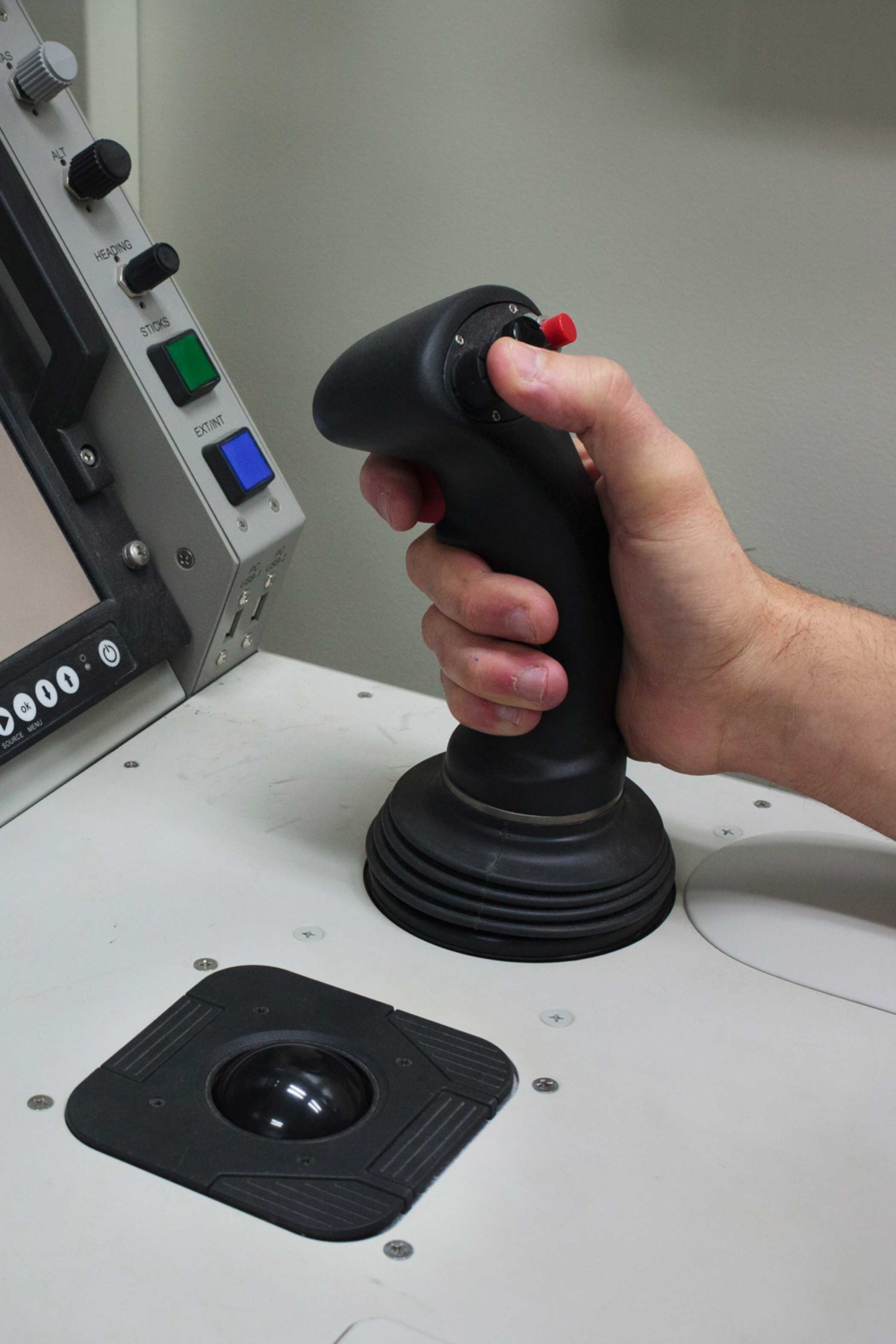

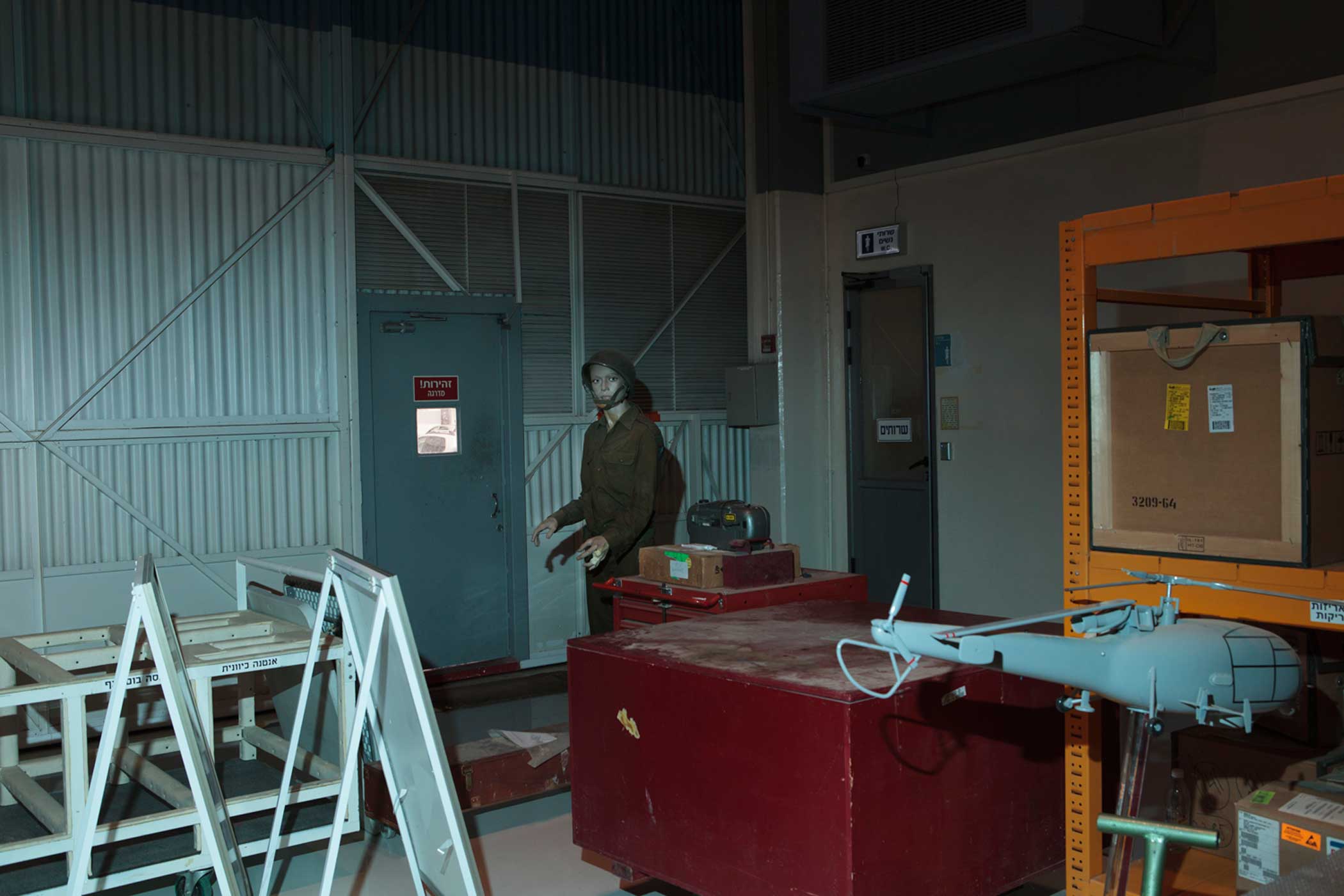
DJI’s newest drone is hitting the market alongside some tough competitors, and at a time when drone makers are developing more advanced models. Yuneec’s Typhoon H quadcopter, which boasts similar avoidance capabilities, just went up for preorder starting March 15. And 3D Robotics’ Solo drone comes with preset camera maneuvers that let pilots pick from a list of moves.
Overall, the Phantom 4’s easy controls, safety features, and high quality 4K camera make it seem like a solid choice for drone novices willing to spend a decent amount of money. (Total rookies should try a cheaper model first.) I could also imagine it being really helpful for aerial photographers and videographers who want to worry less about piloting the drone and more about setting up great shots. It’s clearly designed with safety and ease-of-use in mind. But flyers still need to be careful about what they’re doing, because it’s not completely crash-proof just yet.
More Must-Reads From TIME
- The 100 Most Influential People of 2024
- Coco Gauff Is Playing for Herself Now
- Scenes From Pro-Palestinian Encampments Across U.S. Universities
- 6 Compliments That Land Every Time
- If You're Dating Right Now , You're Brave: Column
- The AI That Could Heal a Divided Internet
- Fallout Is a Brilliant Model for the Future of Video Game Adaptations
- Want Weekly Recs on What to Watch, Read, and More? Sign Up for Worth Your Time
Contact us at letters@time.com